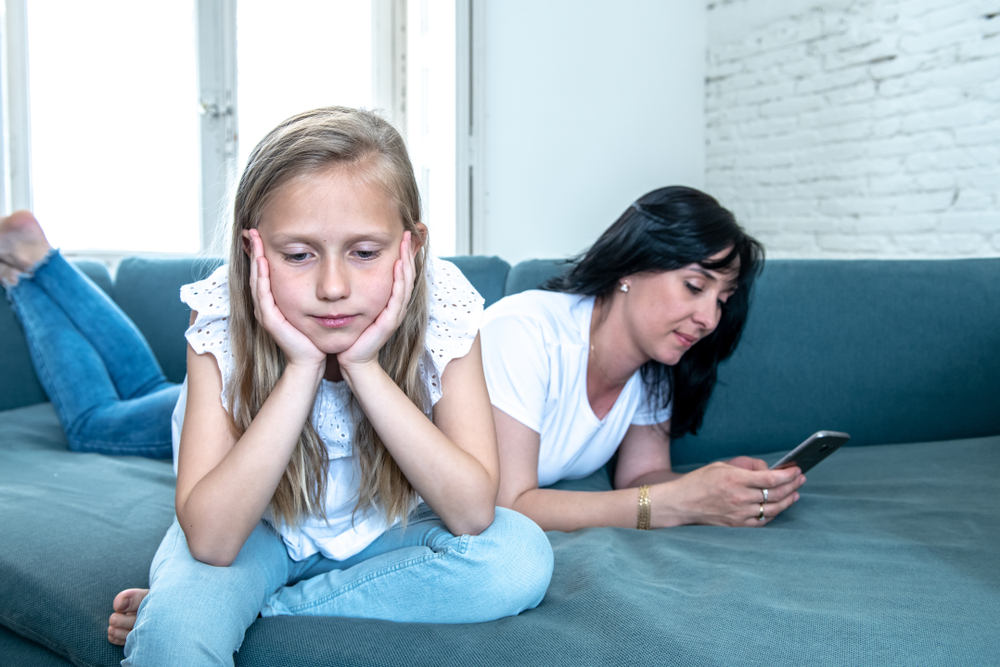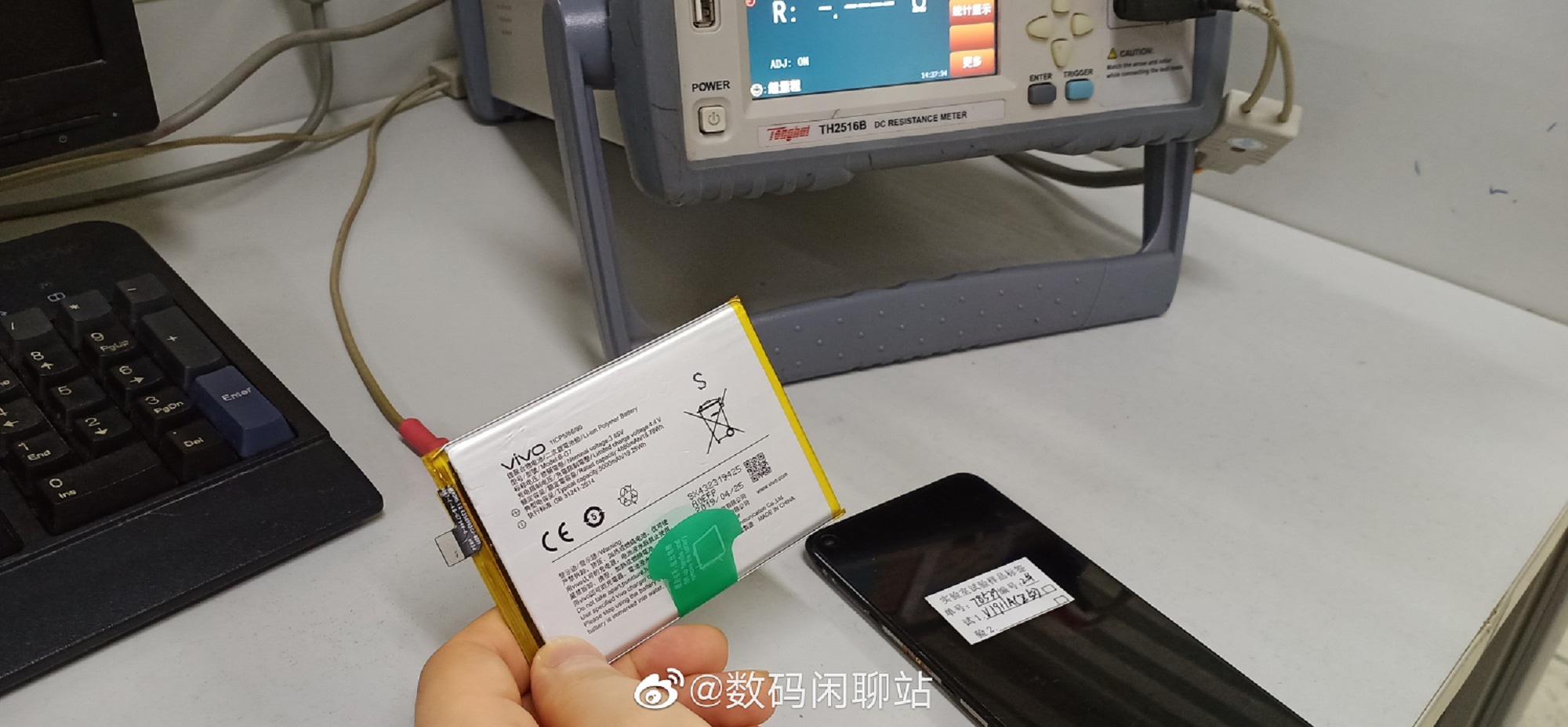With regards to youngsters’ advancement, guardians should stress less over children’s screen time—and progressively about their own.
Cell phones have at this point been involved in such a significant number of horrendous results—vehicle fatalities, rest unsettling influences, sympathy misfortune, relationship issues, inability to see a jokester on a unicycle—that it nearly appears to be less demanding to list the things they don’t wreck than the things they do. Our general public might achieve crest analysis of advanced gadgets.
Mom admits.. "I sometimes lose track of where my kids are" "I'm on FB or other social net sights" #distractedparenting
— Chris Wragge (@ChrisWragge) March 11, 2014
All things being equal, developing exploration proposes that a key issue remains overlooked. It includes children’s improvement, however, it’s most likely not what you think. More than screen-fixated youthful kids, we ought to be worried about blocked out guardians.
Truly, guardians currently have more acknowledgment with their youngsters than did practically any guardians ever. In spite of an emotional increment in the level of ladies in the workforce, moms today astoundingly invest more energy thinking about their youngsters than moms did during the 1960s. Be that as it may, the commitment among parent and tyke is progressively low-quality, even synthetic. Guardians are always present in their kids’ lives physically, yet they are less sincerely adjusted. All things considered, I’m not unsympathetic to guardians in this dilemma. My very own grown-up kids like to joke that they wouldn’t have endured early stages on the off chance that I’d had a cell phone in my grasp 25 years prior.
To contend that parents’ utilization of screens is an overlooked issue isn’t to limit the immediate dangers screens posture to kids: Substantial proof recommends that numerous kinds of screen time (particularly those including quick-paced or rough symbolism) are harming to youthful minds. The present preschoolers go through over four hours daily confronting a screen. Furthermore, since 1970, the normal period of the beginning of “customary” screen use has gone from 4 years to only four months.
A portion of the more current intuitive diversions kids play on telephones or tablets might be more amiable than sitting in front of the TV (or YouTube), in that they better copy youngsters’ regular play practices. Also, obviously, some well-working grown-ups endure a mind-desensitizing youth spent watching a great deal of subjective trash. (My mom—curiously for her time—precluded Speed Racer and Gilligan’s Island on the grounds of staleness. That I some way or another figured out how to observe each and every scene of each show scores of times has never been clarified.) Still, nobody truly debate the colossal open door expenses to youthful kids who are connected to a screen: Time invested on gadgets is energy not spent effectively investigating the world and identifying with other people.
However, for all the discussion about youngsters’ screen time, shockingly little consideration is paid to screen use by parents themselves, who presently experience the ill effects of what the innovation master Linda Stone over 20 years back called “constant fractional consideration.” This condition is hurting not only us, as Stone has contended; it is hurting our kids. The new parental-cooperation style can intrude on an antiquated passionate prompting framework, whose trademark is responsive correspondence, the premise of most human learning. We’re in an unfamiliar area.
- An Era Of Accountability – Sen. Ted Cruz Introduces Legislation To Implement Term Limits For Congress
- Why Immigration Loving Canada Is Suddenly Worried About Immigration ?
- FTX bankruptcy docs show Tom Brady held over 1 million shares in the crypto exchange
- Lawmakers Can’t Stop Posting On TikTok, Even After Banning It
- Why Liberal Elites Hate Donald Trump?
hild-advancement specialists have distinctive names for the dyadic flagging framework among grown-up and tyke, which assembles the essential engineering of the mind. Jack P. Shonkoff, a pediatrician and the chief of Harvard’s Center on the Developing Child, considers it the “serve and return” style of correspondence; the clinicians Kathy Hirsh-Pasek and Roberta Michnick Golinkoff portray a “conversational two part harmony.” The vocal examples parents wherever will in general embrace amid trades with newborn children and babies are set apart by a higher-pitched tone, disentangled language structure, and connected with, misrepresented excitement. Despite the fact that this discussion is cloying to grown-up onlookers, babies can’t get enough of it. Not just that: One investigation demonstrated that newborn children presented to this intuitive, sincerely responsive discourse style at 11 months and 14 months knew twice the same number of words at age 2 as ones who weren’t presented to it.
Kid advancement is social, which is the reason, in one trial, nine-month-old infants who got a couple of long periods of Mandarin guidance from a live human could disconnect explicit phonetic components in the language while another gathering of children who got precisely the same guidance by means of video proved unable. As per Hirsh-Pasek, an educator at Temple University and a senior individual at the Brookings Institution, an ever-increasing number of studies are affirming the significance of discussion. “Language is the absolute best indicator of school accomplishment,” she let me know, “and the way to coarse speech abilities are those forward and backward familiar discussions between youthful kids and grown-ups.”
An issue hence emerges when the sincerely thunderous adult– youngster prompting framework so basic to early learning is intruded—by a content, for instance, or a speedy registration on Instagram. Any individual who’s been cut somewhere near a cell phone debilitated baby buggy administrator can bear witness to the universality of the marvel. One outcome of such situations has been noted by a financial analyst who followed an ascent in kids’ wounds as cell phones ended up pervasive. (AT&T took off cell phone administration at various occasions in better places, in this way making a fascinating normal investigation. Territory by region, as cell phone appropriation rose, youth ER visits expanded.) These discoveries pulled in an average piece of media regard for the physical threats presented by occupied child rearing, yet we have been slower to figure with its effect on youngsters’ subjective improvement. “Little children can’t realize when we break the stream of discussions by grabbing our cellphones or taking a gander at the content that zooms by our screens,” Hirsh-Pasek said.
In the mid-2010s, specialists in Boston clandestinely watched 55 guardians eating with at least one youngsters in drive-thru eateries. Forty of the grown-ups were caught up with their telephones to differing degrees, some primarily disregarding the kids (the scientists found that composing and swiping were greater guilty parties in such manner than accepting a call). Obviously, a large number of youngsters started to make offers for consideration, which were as often as possible disregarded. A subsequent report brought 225 moms and their roughly 6-year-old kids into a commonplace setting and recorded their cooperations as each parent and youngster were offered nourishments to attempt. Amid the perception time frame, a fourth of the moms unexpectedly utilized their telephone and the individuals who did start generously less verbal and nonverbal connections with their kid.
One more thoroughly structured examination, this one led in the Philadelphia territory by Hirsh-Pasek, Golinkoff, and Temple’s Jessa Reed, tried the effect of parental cellphone use on kids’ language learning. Thirty-eight moms and their 2-year-olds were brought into a room. The moms were then informed that they would need to show their kids two new words (blicking, which was to signify “bobbing,” and
It has never been anything but difficult to adjust grown-ups’ and youngsters’ needs, significantly less their wants, and it’s credulous to envision that kids would ever be the steady focal point of parental consideration. Parents have in every case left children to engage themselves now and again—”messing about in vessels,” in a critical expression from The Wind in the Willows, or simply relaxing carelessly in playpens. In certain regards, 21st-century kids’ screen time isn’t altogether different from the mother’s partners each age of grown-ups has depended on to keep youngsters involved. At the point when parents need playpens, genuine or world renowned, pandemonium is once in a while a long ways behind. Caroline Fraser’s ongoing account of Laura Ingalls Wilder, the creator of Little House on the Prairie, depicts the incredibly specially appointed child rearing style of nineteenth century wilderness parents, who reserved children on the open entryways of broilers for warmth and generally abandoned them defenseless against “all way of mishaps as their moms attempted to adapt to contending obligations.” Wilder herself related an assortment of close disasters with her young girl, Rose; at one point she gazed upward from her tasks to see a couple of riding horses jumping over the baby’s head.
Infrequent parental absentmindedness isn’t calamitous (and may even form versatility), however unending diversion is another story. Cell phone use has been related to a commonplace indication of enslavement: Distracted grown-ups develop bad tempered when their telephone use is interfered with; they miss enthusiastic signs as well as really misread them. A blocked out parent might be speedier to outrage than a connection with one, accepting that a youngster is attempting to be manipulative when, as a general rule, she simply needs consideration. Short, purposeful divisions can obviously be innocuous, even solid, for parent and tyke alike (particularly as kids get more seasoned and require more autonomy). Be that as it may, that kind of partition is not quite the same as the negligence that happens when a parent is with a youngster however imparting through his or her nonengagement that the tyke is less significant than an email. A mother advising children to go out and play, a dad saying he needs to focus on a task for the following half hour—these are altogether sensible reactions to the contending requests of grown-up life. What’s happening today, in any case, is the ascent of erratic consideration, represented by the signals and allurements of cell phones. We appear to have staggered into the most noticeably awful model of child-rearing possible—constantly present physically, in this manner obstructing youngsters’ independence, yet just erratically present inwardly.
Fixing the issue won’t be simple, particularly given that it is intensified by emotional changes in instruction. More youthful youngsters than any other time in recent memory (around 66% of 4-year-olds) are in some type of institutional consideration, and late patterns in early-youth instruction have filled huge numbers of their homerooms with profoundly scripted exercises and dull, uneven “educator talk.” In such situations, kids have couple of chances for unconstrained discussion.
One bit of uplifting news is that youthful youngsters are prewired to get what they need from grown-ups, as the majority of us find the first run through our occupied look is twitched back by a couple of stout, rebuking hands. Youthful youngsters will complete a ton to stand out enough to be noticed, and on the off chance that we don’t change our conduct, they will endeavor to do it for us; we can hope to see significantly more fits of rage as the present little children age into school. Be that as it may, in the long run, kids may surrender. It takes two to tango, and concentrates from Romanian halfway houses demonstrated the world that there are breaking points to what an infant cerebrum can manage without a ready move accomplice. In all actuality, we don’t generally know how much our children will endure when we neglect to lock in.
Obviously, grown-ups are additionally experiencing the present course of action. Many have constructed their day by day life around the hopeless reason that they can generally be on—continually working, continually child rearing, constantly accessible to their mate and their own parents and any other person who may require them, while additionally remaining over the news, while likewise recalling, on the stroll to the vehicle, to arrange more tissue from Amazon. They are stuck in what could be compared to the turn cycle.
The situation being what it is, it’s less demanding to concentrate our tensions on our youngsters’ screen time than to pack up our very own gadgets. I comprehend this propensity great. Notwithstanding my jobs as a mother and a non-permanent parent, I am the maternal watchman of a moderately aged, overweight dachshund. Being moderately aged and overweight myself, I’d much rather fixate on my pooch’s caloric admission, confining him to a dismal eating routine of stringy kibble, than location my very own sustenance routine and surrender (paradise restrict) my morning cinnamon bun. Mentally, this is an exemplary instance of projection—the guarded relocation of one’s failings onto moderately irreproachable others. Where screen time is concerned, the greater part of us have to complete much less anticipating.
In the event that we can get it together on our “
















